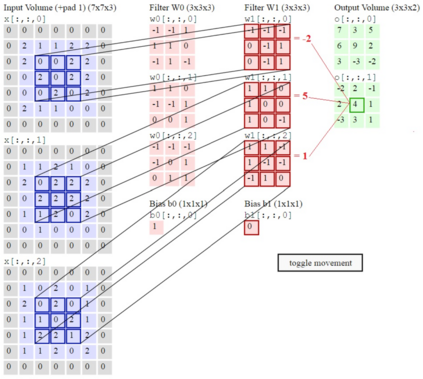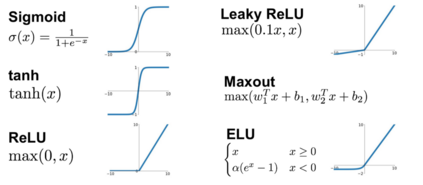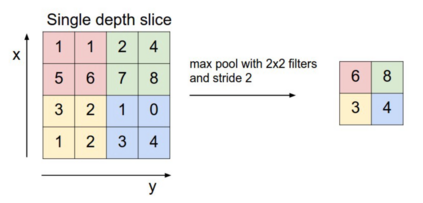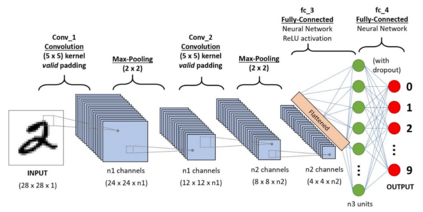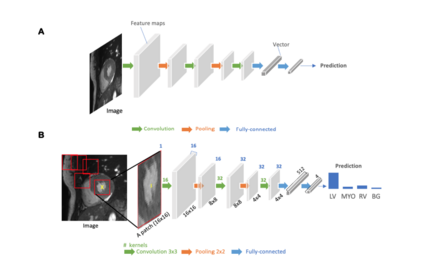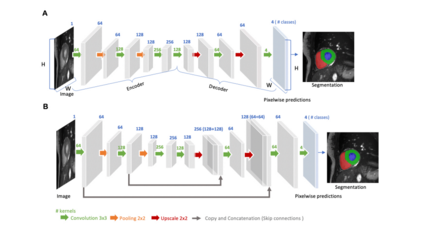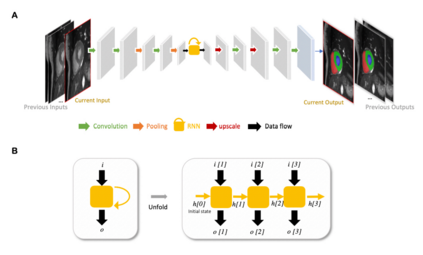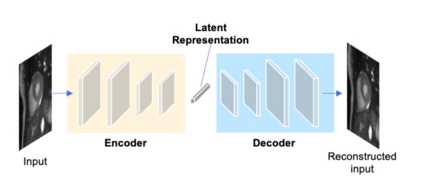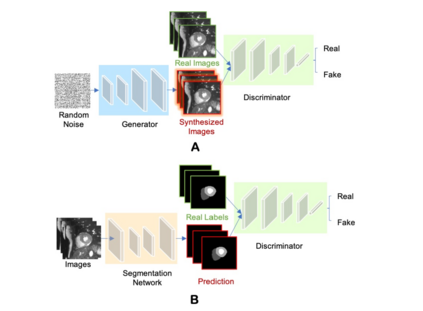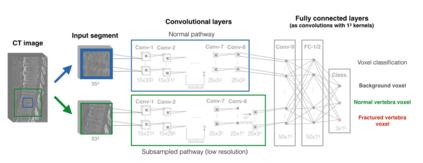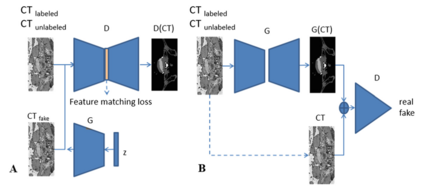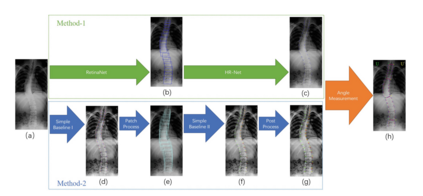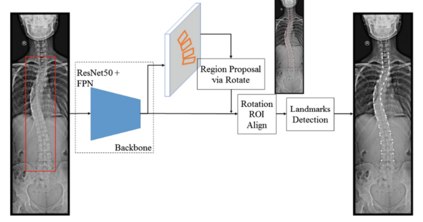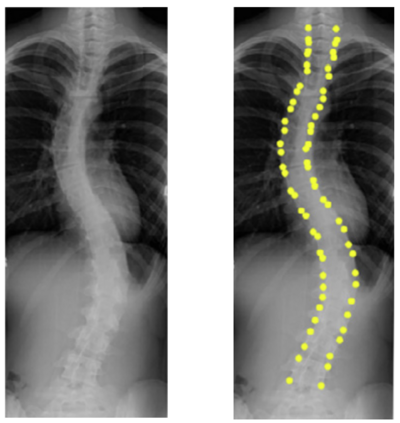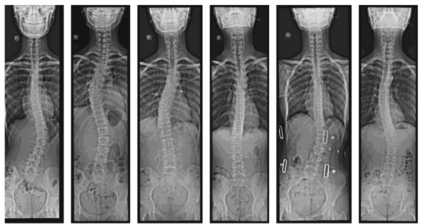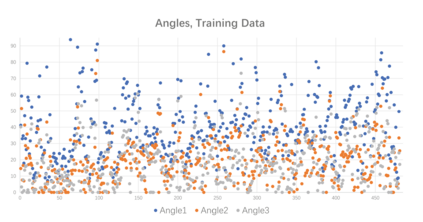Scoliosis is a sideways curvature of the spine that most often is diagnosed among young teenagers. It dramatically affects the quality of life, which can cause complications from heart and lung injuries in severe cases. The current gold standard to detect and estimate scoliosis is to manually examine the spinal anterior-posterior X-ray images. This process is time-consuming, observer-dependent, and has high inter-rater variability. Consequently, there has been increasing interest in automatic scoliosis estimation from spinal X-ray images, and the development of deep learning has shown amazing achievements in automatic spinal curvature estimation. The main target of this thesis is to review the fundamental concepts of deep learning, analyze how deep learning is applied to detect spinal curvature, explore the practical deep learning-based models that have been employed. It aims to improve the accuracy of scoliosis detection and implement the most successful one for automated Cobb angle prediction. Keywords: Scoliosis Detection, Spinal Curvature Estimation, Deep Learning. i
翻译:骨质疏松是脊椎的侧向曲曲曲,在青少年中最经常被诊断出来,它极大地影响生活质量,可能导致心脏和肺损伤并发症,严重病例。目前用于检测和估计骨质疏松的金质标准是人工检查脊椎前部X射线图像。这一过程耗时、依赖观察者,并且具有高度的跨鼠变异性。因此,人们越来越关注脊椎X射线图像的自动骨质疏松估计,而深层学习的发展在自动脊椎曲折估计方面显示出惊人的成就。该论文的主要目的是审查深层学习的基本概念,分析如何运用深层学习来检测脊椎曲轮,探索已经使用的实用的深层学习模型。其目的是提高骨质疏松症检测的准确性,并采用最成功的自动科布角度预测方法。关键词:骨质疏松症检测、脊椎结结结、深学习。


